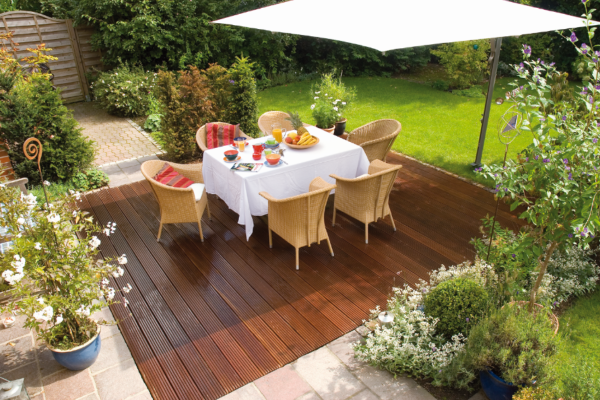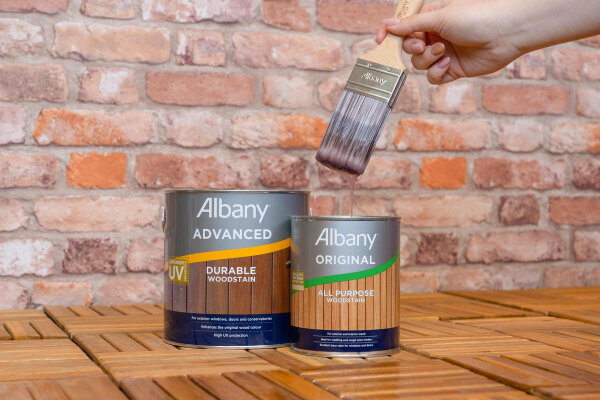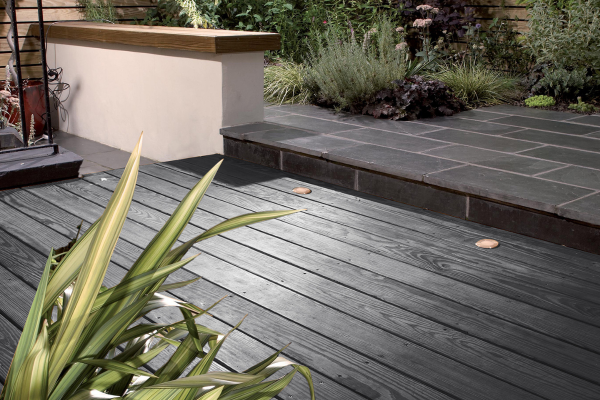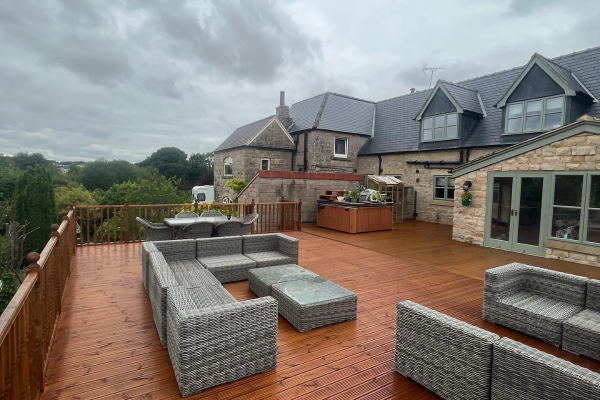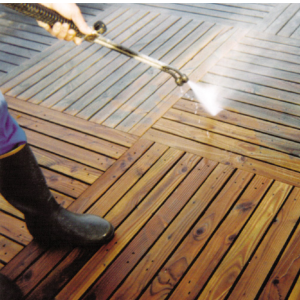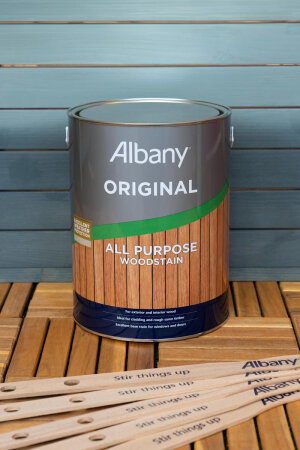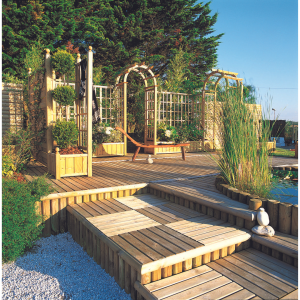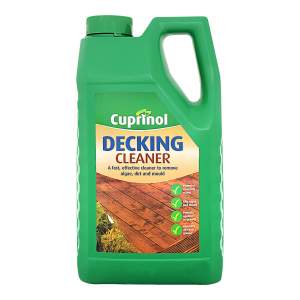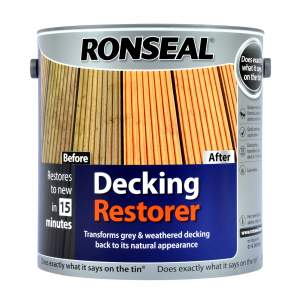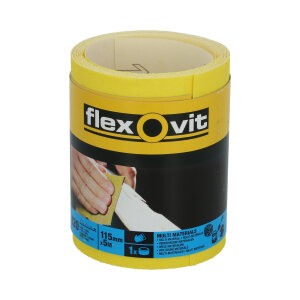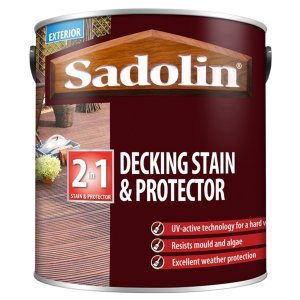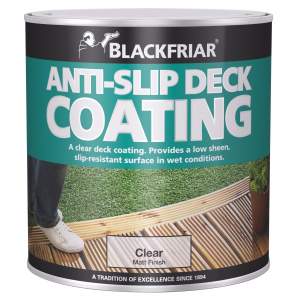Decking Paint and Stains

April 30th, 2024
Winter weather can take its toll on exterior timber, but Brewers has everything you need to get your decking ready for some Summer sun. From prep to decoration, we have all the oils, preservatives, stains and paints you need to bring your deck back to life.
Photo courtesy of Osmo.
How To Treat New Decking - Top Tips!
- Always use products designed for use on decking: Other exterior timber treatments are not necessarily durable enough to withstand being stood on or having taking furniture.
- Choose products designed to work with hard or softwood: If you have a hardwood deck, then some coatings may struggle to penetrate the tight grain.
- Choose the preservative that's right for your top coat: Some preservatives contain wax which can inhibit water based top coats from adhering.
How To Treat Softwood Decking
Softwood decking generally comes pre-treated with preservative. If the pressure treated timber has been freshly treated, it should weather for 2-3 months before applying a paint or preservative product.
This allows any salts from the treatment process to work their way out of the wood.
TOP TIP: Some wood preservatives contain wax which is compatible with an oil top-coat but can prevent paint and stain finishes from adhering. Choose your preservative according to your desired top-coat system.
Photo courtesy of Sadolin.
How To Treat Hardwood Decking
Hardwoods are more resistant to insect attack and wood rot than softwoods but will still benefit from additional protection. Due to the oily nature of most hardwoods, you should allow the wood to season.
After installation, leave the wood untreated for six months. This allows the natural oils to erode and the tight surface grain to open up, giving decking treatments and finishes better penetration and adhesion.
Choosing the right finish is equally important as some surface coatings will still struggle to penetrate seasoned hardwood. There are, however, specialist treatments such as Osmo Bangkairai Decking Oil, that are designed to work with the properties of hardwood.
Photo courtesy of @s.broadleydecorating.
Preparation:
Using a decking cleaning product, remove all surface dirt, debris, loose paint, mould and algae with a power washer or stiff broom. Your decking will need to dry thoroughly for at least 24 hours before applying any treatments.
TOP TIP: Household detergents can cause your finish to adhere poorly, so it is important to only use a suitable decking cleaner.
After washing, reviving decking with a product such as Ronseal Decking Restorer can work wonders. Decking restorers reverse UV and water damage and return wood to its natural colour.
Most decking restorers are applied by scrubbing the solution into the boards with a stiff broom or abrasive pad, and then rinsing off with clean water after 15 – 20 minutes. You should see the effects within 24 hours.
Sand the surface with 120 grit abrasive paper or abrasive pads for detailed areas, to remove any remaining loose finish and to create a key for optimal adhesion.
If you are refurbishing decking and changing the type of finish, you will need to sand your boards back to bare wood. In some cases, you may need to use a suitable chemical stripper. Wood that has been taken back to bare wood will need to be treated with a preservative.
What protection should I use on my decking?
Your coating system, and the number of coats required will depend on your choice of finish and you should always refer to the manufacturer’s instructions. Choose a finish that achieves your desired style and level of protection:
Reviving decking is simple with rich-coloured stains that are weatherproof, tough and durable. The finish is generally semi-opaque and varnish-like, allowing the grain of the timber to show through.
Stains with specific properties are available, such as Albany Original, Cuprinol Anti-slip Decking Stain and Sadolin Decking Stain and Protector. Decking stains are also a great way to introduce colour to your decking, incorporating some of the most popular garden colours.
Treating decking with oil enhances the look of the natural wood whilst providing protection and durability. Oil penetrates the timber, replacing natural oils that are lost over time, and creating a waterproof surface.
Oil finishes benefit from not cracking or peeling with time, and high-traffic areas can be ‘patch’ restored. Coloured finishes tend to provide higher levels of UV protection. Products such as Liberon Decking Oil come in clear or subtle colours, in matt or satin finishes.
If you like the natural look, treating decking with a protector product is an alternative to oiling.
Translucent in colour, it will provide protection from sunlight, rain and foot-traffic without changing the appearance of the wood. Blackfriar Anti-Slip Deck Coating is a clear protective coating with added UV protection.




